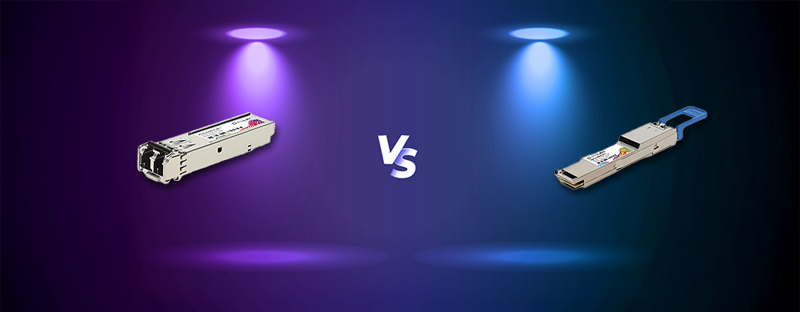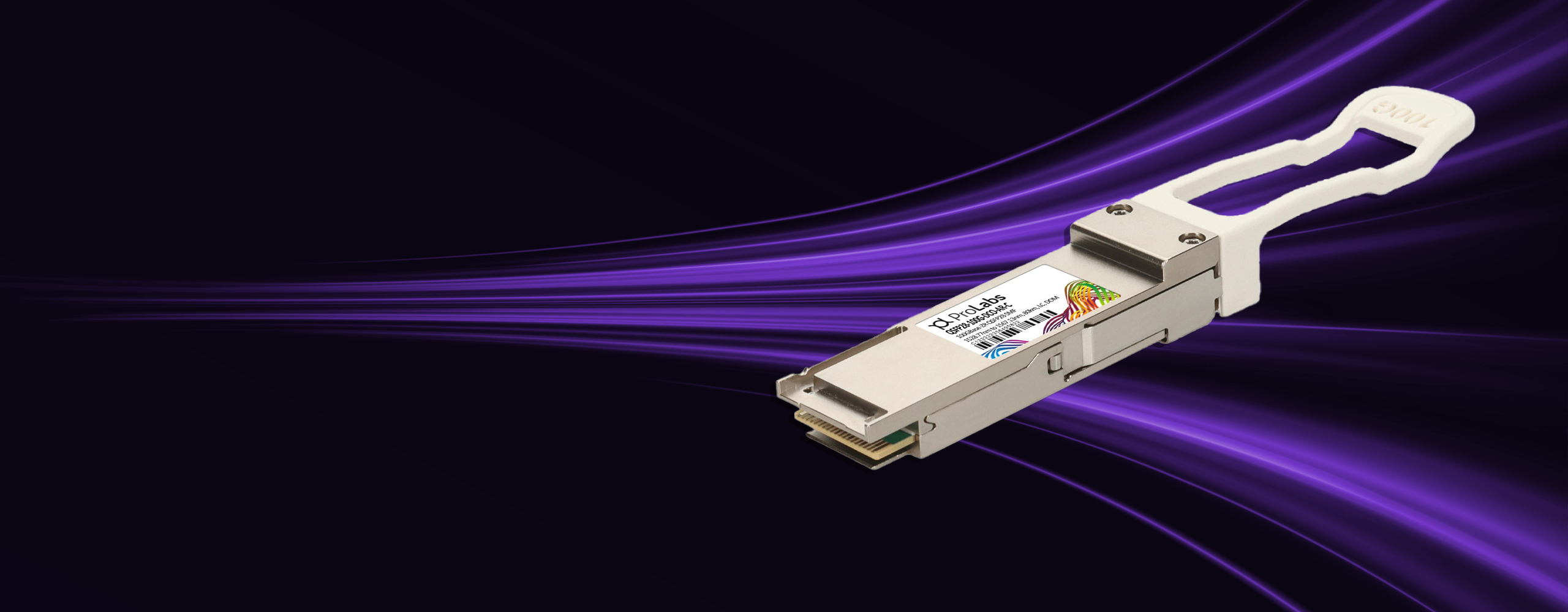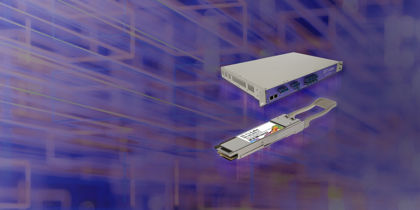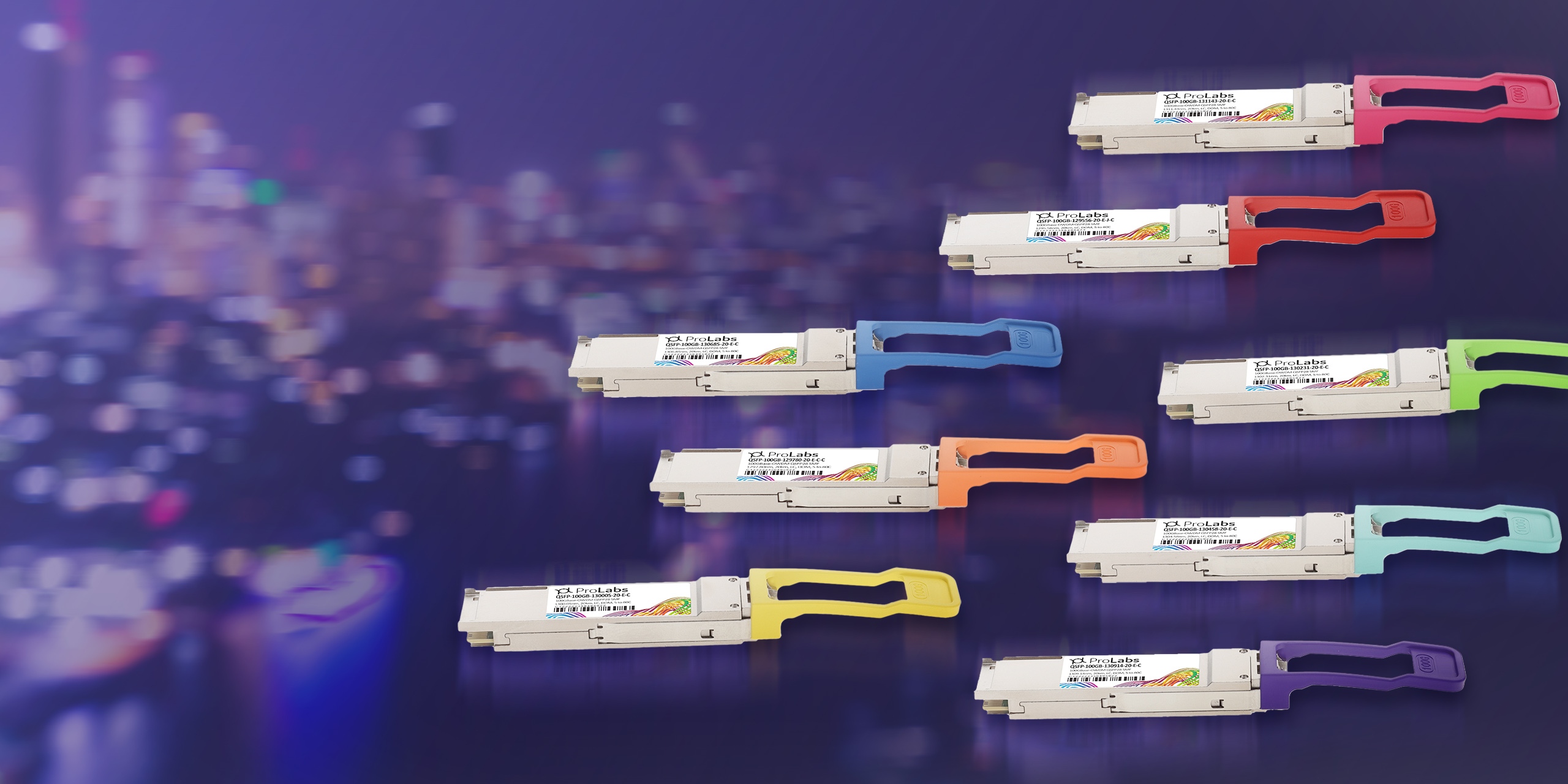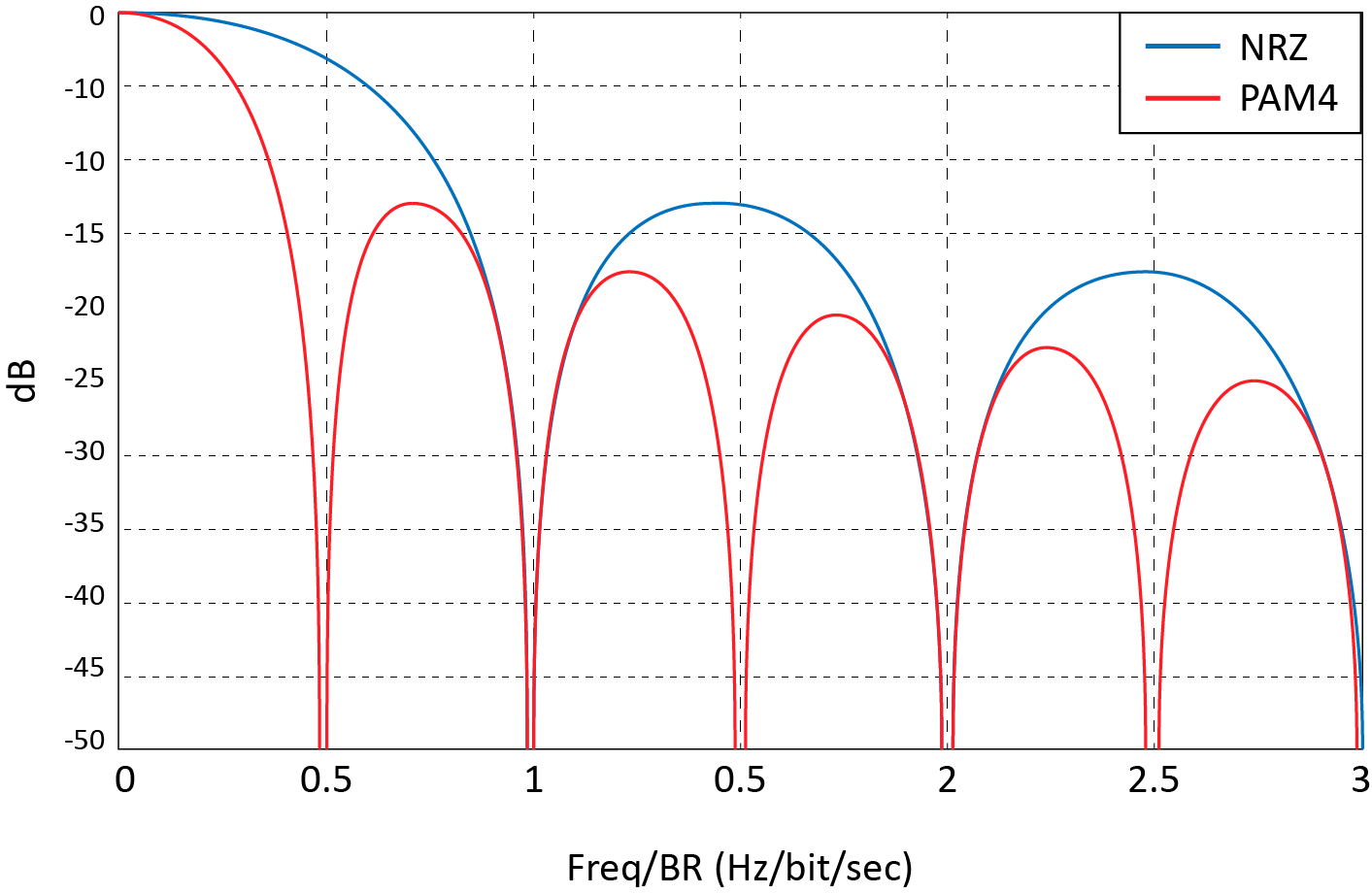Irvine, Calif., US, September 21, 2022 – ProLabs, a global leader in optical networking and connectivity solutions, has launched a new long range 80km DWDM solution by pairing its 100G erbium-doped fiber amplified multiplexer (EDFAMUX) with QSFP28 PAM4 DWDM 2x50G transceivers.
The EDFAMUX is an integrated solution that combines the multiplexer, EDFA, and dispersion compensator in a single 1 rack unit (1RU) 19" container to diminish space requirements and resolve complexity while enhancing flexibility. The 100G EDFAMUX models were designed to work with QSFP28 100G DWDM PAM4 optics, which require amplification to go any distance and dispersion compensation beyond 5km.
“Network operators are looking to reduce engineering and operational complexity as well as shrinking footprint and power consumption through streamlining PAM4 DWDM deployments. By incorporating the EDFA and dispersion compensator inside the multiplexer, coupled with our web-based and command line configuration options, the ProLabs EDFAMUX accomplishes these objectives,” according to Jon Eikel, Chief Technology Officer at ProLabs. “The EDFAMUX simplifies the entire DWDM architecture and deployment while freeing up valuable rack space and power facilities to help service providers continue meeting the market’s explosive bandwidth demand.”
ProLabs’ new 100G EDFAMUX solution with a transceiver portfolio supports 10G & 100G EDFAMUX deployments. The 10G EDFAMUX models are a simple and affordable solution for long-distance applications from 80km to 200km that can be used with standard 10G 80km/ZR fixed color or tunable DWDM optics.
For more information on ProLabs’ 10G & 100G EDFAMUX + QSFP28 PAM4 DWDM transceivers, visit booth #7047 at Cable-Tec Expo or here.
About ProLabs
ProLabs is a leading provider of optical networking solutions. For over two decades, it has delivered optical connectivity solutions that give customers freedom, choice, and seamless interoperability. It serves a diverse range of industries including enterprises, governments, and the largest worldwide service providers.
By championing higher standards for technology and service, ProLabs is changing the mindset of data center and service providers the world over. It supplies solutions that are 100% compatible in form and functionality across 100 OEM manufacturers, covering more than 20,000 systems and platforms. For more information, please visit www.prolabs.com.
Media Contact
Dan Wheeler




